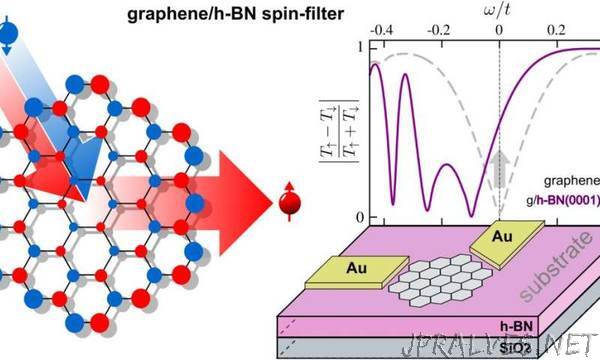
“Graphene nanoflakes are promising for possible applications in the field of nanoelectronics, and the subject of a study recently published in Nano Letters. These hexagonal nanostructures exhibit quantum effects for modulating current flow. Thanks to their intrinsic magnetic properties, they could also represent a significant step forward in the field of spintronics. The study, conducted via computer analysis and simulations, was led by Massimo Capone.
“We have been able to observe two key phenomena by analysing the properties of graphene nanoflakes. Both are of great interest for possible future applications,” says Capone, co-author of the study. The first phenomenon deals with the so-called interference between electrons. “In nanoflakes, the electrons interfere with each other in a ‘destructive’ manner if we measure the current in a certain configuration. This means that there is no transmission of current. This is a typically quantum phenomenon. By studying the graphene flakes, we have understood that it is possible to bring this phenomenon to larger systems, therefore into the nano world and on a scale in which it is observable and can be exploited for possible uses in nanoelectronics.”
The two researchers explain that in quantum interference transistors, destructive interference denotes the “OFF” status. For the “ON” status, they say it is sufficient to remove the conditions for interference, thereby enabling the current to flow.
In the study, the researchers also demonstrated that the nanoflakes present new magnetic properties present only at the edges of a sheet of graphene: “The magnetism emerges spontaneously at the edges, without any external intervention. This enables the creation of a spin current.” The union between the phenomena of quantum interference and of magnetism would allow researchers to obtain almost complete spin polarization, with a huge potential in the field of spintronics, the researchers explain. These properties could be used in information technologies, interpreting the spin as binary code. The electron spin, being quantised and having only two possible configurations, “up” and “down,” is well suited for this kind of implementation.
To improve the efficiency of the possible device and the percentage of current polarization, the researchers have also developed a protocol that envisages the interaction of the graphene flakes with a surface made of nitrogen and boron. “The results obtained are really interesting. Experiments could confirm what we have theoretically predicted,” concludes Massimo Capone.”
